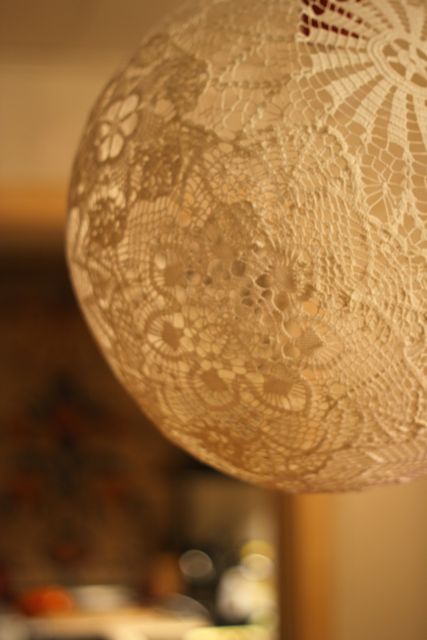This amused me sufficiently. Eco, manly, and done well. Not sure what it was meant to house, but I could see mp3 player manufacturers selling them in this (I'm sure its already been done.)
Isn't this cute? Especially for Halloween? Little broom stick gift bags! Such a simple idea, you wouldn't even need to add the cut paper over the top, a marker pen would do the job. This is the kind of way of perceiving things that I am always jealous of.
I remember when I was young I was given a toy that was pretty much the same as these wine bottles. There was a blank face and removable stickers so that you could make silly faces again and again. I guess that's why this branding appeal to me. I like the idea of making faces that reflect the character of the wine. Sharp, mellow, sweet etc.
Completely impractical, space wasting, and utterly cute, funny and desirable! I wouldn't choose to make something like this for my own business, but I admire what they have done hugely!
These I decided to include in my picks for no other reason than that they are so striking. I love the illustration, the lettering and the patterned wrapper at the top and the matte black bottles are to die for. Lord knows what's in them!
This is again the sort of design I like, clever, useful and with a bit of wit. I wonder if there is a way of utilising my jewellery to make up a part of the packaging as with the nails here.
Hilarious! I want paint brush moustache faces!
I included this not because of the graphic quality, but because I spent about 2 minuets working out which way up the bottle actually was. And then I found this picture of it below! I had seriously doubted that it was real!
I think more than one brand has done this, but it is again clever, witty and perfectly designed.
Rather than lift the images, this post says it all about some clever packaging solutions for sending absolutely anything through the post.
Before that happens, I'd like to show the steps I made developing my current little gift bags.



I scanned it in to the computer. It took me 5 seconds to pull the images and text from another document to put on the bag. It took me an awful lot longer to create the straight lines!


The three sizes made up! At this point I took a good look at them (ignoring the bad print quality, my printer keeps spewing out splodges of ink all over the place at the moment.) I didn't like the side joint being at the front seam of the bag, and the bottom looked a bit messy too.



Cut and folded in readiness.

Glued together.

And, folded at the sides to create the bag shape.

I'm really looking forward to when they've run out and I can get creative and come up with some really exciting ideas!
All images are © Chloe Cooter 2012 unless image links to another website. All images that are not © Chloe Cooter will be linked to the source (if possible) and credited in that way.


















